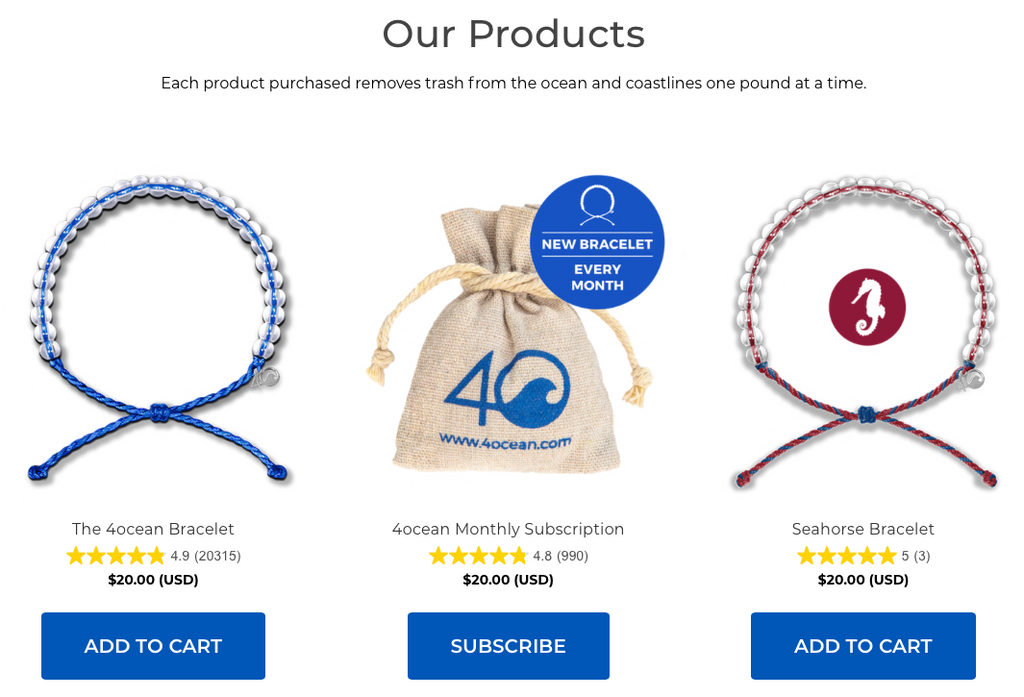A "nurdle" sounds like a cute and cuddly imaginary animal you might find in the stuffed toy section of your local big box store. However, it would be a mistake to think that these microplastics are anything but a HUGE problem for the ocean. Also commonly known as "mermaid tears," nurdles are classified as primary microplastics (1mm to 5mm in size) and they are finding their way into the ocean by the billions. That's a crying shame.
Used as the primary raw material for most plastic goods we consume, they are small and easily transportable on the journey from creation to final manufacturing. This also means that they can easily enter the environment through faulty piping, being windblown off land, or in some cases mass spillage. Once in the environment or the ocean, they can cause a myriad of hazards for wildlife and people.


For one, these tiny little particles come in a variety of colors and sizes that are incredibly enticing for fish that think they're food. Mimicking fish eggs or other larval stages of prey food, they are readily ingested and can potentially cause harm. They also tend to accumulate toxins called persistent organic pollutants (POPs) on their surface. These toxins can survive in the environment and build up in the fatty tissue of fish for long periods, working their way up the food chain to larger and larger animals. No one yet knows the true long-term effects of this bioaccumulation as these toxins make their way into the human food web.

Not only can these pesky little plastics accumulate POPs, but a recent study in East Lothian, Scotland, found that nurdles collected at five beaches had E. coli, a bacteria common in food poisoning, all over their surfaces. Some concentrations were found to be so high that researchers were warning people not to touch them with their bare skin.
The non-profit group Fidra has started a Nurdle Free Oceans campaign and is actively engaging researchers and citizens alike to begin the arduous task of mapping and defining how big the problem is on a global scale. Take a look at their Nurdle Map to see just how prevalent the problem is around the world. If you want to take part in The Great Nurdle Hunt yourself and upload your information to the map to help further the science being done around nurdles, you can sign up here.
Now that you know what a nurdle is and why you should really be a bit scared about their potentially negative impact on the ocean, it's time to make a change and shift gears away from the things that are made from nurdles to those made from more sustainable materials. Changing the demand for plastic products and the packaging they come in is essential to begin getting this epidemic of tiny plastics under control.
In the meantime, make sure you follow us on Facebook, Instagram, and Twitter to stay up on all things 4ocean. Also, make sure to leave a comment below and let us know if you have ever come across nurdles during your beach travels. And, check out the Discover 4ocean Facebook Group to join the conversation. We have some really amazing things lined up for this year so make sure to check back often!



